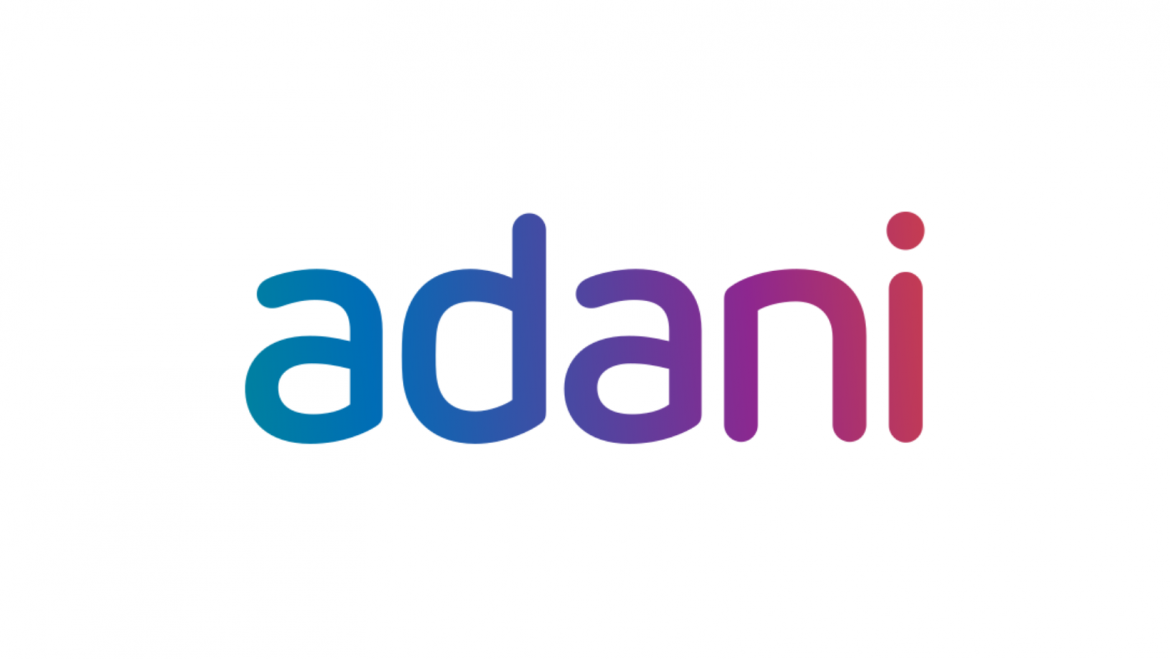Adani Total Gas Ltd (ATGL), a joint venture of Adani Group and TotalEnergies, has initiated a green hydrogen production and blending pilot project in Ahmedabad, Gujarat. The project aims to blend green hydrogen (GH2) with natural gas for over 4,000 residential and commercial customers, employing the latest technologies for a cleaner energy mix.
The green hydrogen, produced through the electrolysis of water using electricity generated from renewable sources, will be blended with natural gas. This blending process is less carbon-intensive compared to burning pure gas while maintaining similar heating capabilities.
Expected to be commissioned by the fiscal year 2024-25, the project plans to gradually increase the percentage of green hydrogen in the blend, reaching up to 8 percent or more, subject to regulatory approvals.
Upon successful completion of the pilot, the hydrogen-blended fuel will be progressively supplied to larger parts of Ahmedabad and other licensed areas of AGTL. Studies suggest that an 8 percent hydrogen blend can contribute to a reduction of emissions by up to 4 percent.
ATGL expressed its intent to collaborate with various stakeholders, including regulatory authorities, to share insights gained from the pilot and develop an ecosystem for hydrogen blending in city gas distribution in India. The initiative aims to facilitate knowledge-sharing on operational aspects and assess the compatibility of blended fuel with existing infrastructure.
Suresh P Manglani, Executive Director and CEO of Adani Total Gas Ltd., emphasised the company’s commitment to building an environmentally sustainable operation. He stated, “This project represents our ongoing dedication towards national infrastructure building for India to become energy independent by 2047. By investing in such innovative projects, we are actively contributing to the evolution of the industry and driving progress in sustainable energy solutions.”
The green hydrogen blending pilot project aligns with broader efforts to transition towards cleaner energy sources and reduce carbon footprints. As the project advances, it has the potential to pave the way for wider adoption of hydrogen blending in city gas distribution, marking a significant step towards sustainable and eco-friendly energy practices.



